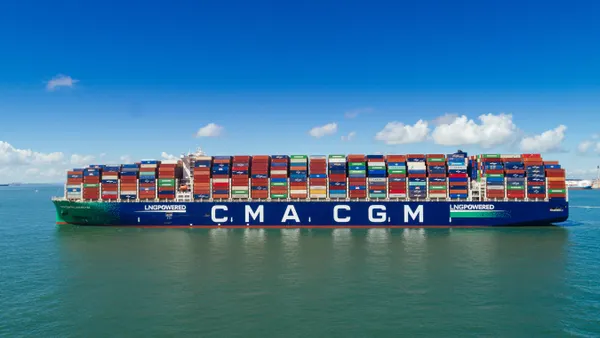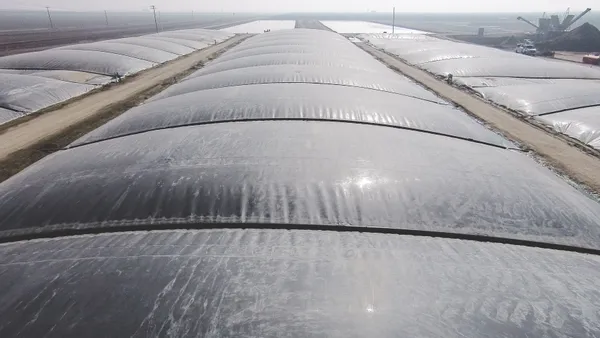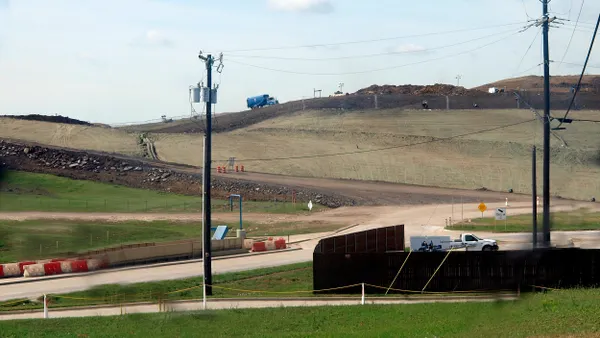Dive Brief:
- New York’s Department of Environmental Conservation (DEC) has reclassified the Wheatfield landfill — otherwise known as the old Niagara Sanitation Company landfill — as a significant public health threat due to the absence of a regulation-grade cap or a fence to deter entry.
- From the fall of 2014 until June 2015, waste formerly buried at the landfill, which came from nearby Love Canal, was removed. But Glenn Springs Holdings, who did the cleanup, found that the waste was more extensive than previously thought and removed twice the volume as records indicated was there, which was transported to a Nebraska incinerator. Meanwhile, the landfill contains carcinogenic PCBs, pesticides, hydrocarbons, and “plating tank sludge,” among other toxic materials, according to the DEC.
- The landfill supervisor predicts that the DEC will expect Wheatfield to pay for a roughly 7,000-foot fence around the site. However, a DEC spokeswoman told The Buffalo News that the department has not decided exactly how to move forward, beyond asking for a “No Trespassing” sign to be posted.
Dive Insight:
Occidental — whose predecessor Hooker Chemical Co. was accountable for the waste at Love Canal — paid for the recent cleanup, but there is question as to who will pay for ongoing work to remediate the problems, which may include, at the minimum, capping to prevent leakage of buried toxic materials.
The DEC stated it may leverage Superfund money to move forward for now, but expects reimbursement from responsible parties.
Meanwhile, some attendees of a meeting on Monday said they believe the landfill’s proximity to a 23-home subdivision poses a safety risk for the dwellers. "You put homes in and you’re sentencing people to death, lifetime irreversible illness," resident Laurie Galbo said to The Buffalo News.
Though DEC considers the existing hazardous material a problem, the landfill’s supervisor, Robert Cliffe, said the agency reported there was no off-site migration of waste.









